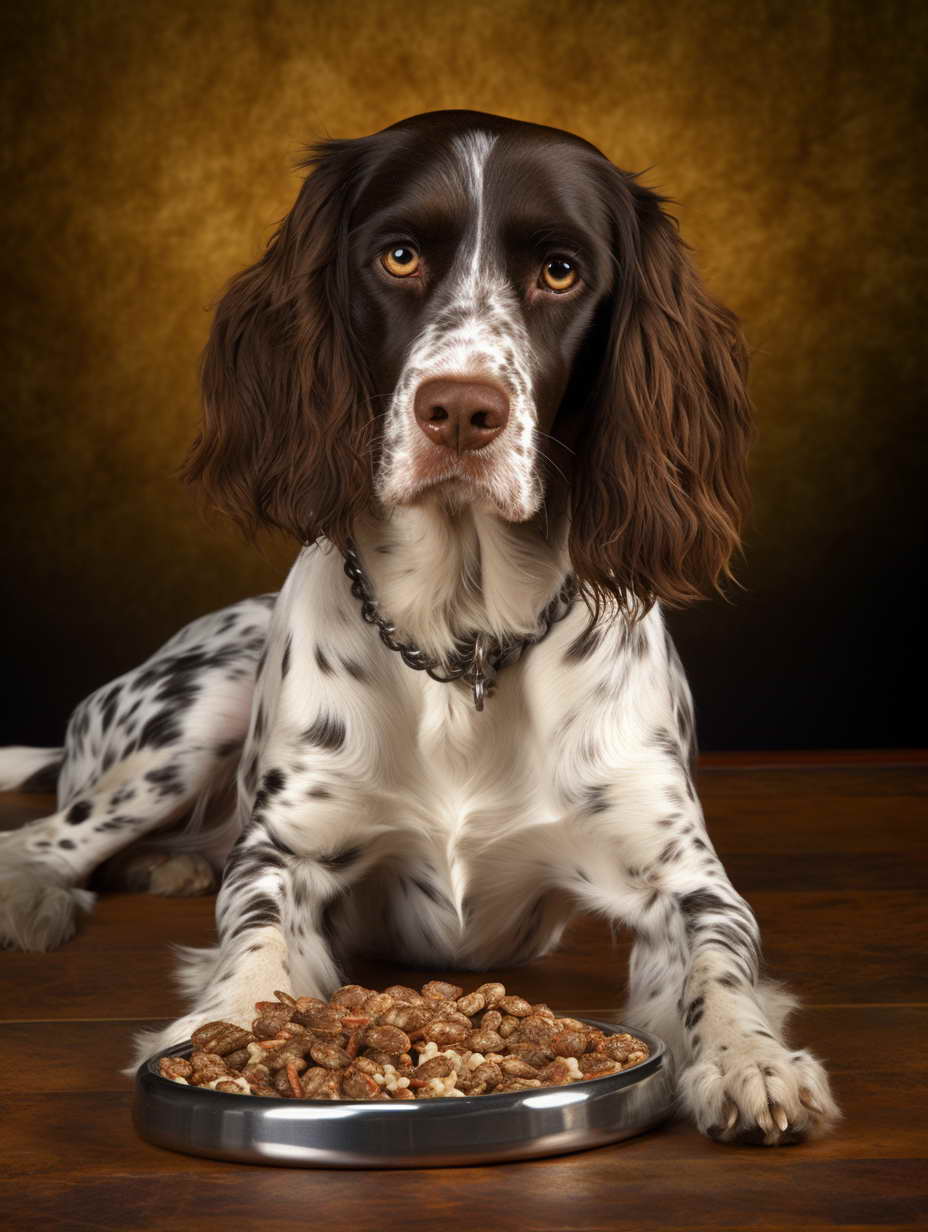How Is Dried Dog Food Made: Unveiling the Process
Introduction
Welcome to a deep dive into the world of pet nutrition. Have you ever wondered how that bag of dried dog food ends up on the shelves of your local pet store? In this comprehensive article, we’ll walk you through the intricate process of how dried dog food is made, shedding light on the industry secrets and highlighting the care that goes into crafting the ideal diet for your furry friend.
The Ingredients Matter: A Closer Look
When it comes to crafting high-quality dried dog food, the selection of ingredients is paramount. Each component plays a crucial role in providing your furry companion with the nutrition they need to thrive. Let’s take a closer look at the key ingredients that go into making the perfect dog food.
Quality Proteins: The Backbone of Nutrition
Proteins are the building blocks of life, and they’re just as vital for dogs as they are for humans. High-quality dried dog food starts with the careful selection of protein sources. These proteins are often derived from chicken, beef, fish, or lamb. The choice of protein depends on the specific recipe and dietary considerations.
The proteins in dog food provide essential amino acids that support muscle growth, repair, and overall health. They are crucial for maintaining a healthy body weight, strong muscles, and a robust immune system. When you see phrases like “chicken meal” or “salmon,” you can rest assured that these proteins are a primary focus in the formulation.
Carbohydrates for Sustained Energy
Carbohydrates are another key ingredient in dried dog food, and they serve as an energy source for your canine companion. Common carbohydrate sources in dog food include rice, wheat, corn, and barley. These ingredients are carefully chosen to provide a balance of energy and nutrition.
Carbohydrates offer the sustained energy your dog needs for their daily activities. Whether they’re chasing a ball or going for a long walk, carbohydrates help keep their energy levels stable throughout the day. The right balance of carbohydrates ensures your pet stays active and alert.
Nutrient-Rich Vegetables for Wellness
Vegetables play a significant role in providing essential vitamins, minerals, and fiber to your dog’s diet. Ingredients like carrots, peas, sweet potatoes, and spinach are often incorporated into dried dog food formulations. These vegetables not only add flavor and variety but also contribute to overall wellness.
The vitamins and minerals from vegetables are essential for maintaining strong bones, a healthy coat, and a robust immune system. Additionally, the fiber from these ingredients aids in digestion and helps regulate bowel movements, promoting a happy and healthy digestive system.
Healthy Fats for a Shiny Coat
Healthy fats, often sourced from ingredients like salmon oil or flaxseed, are added to dried dog food for several reasons. First and foremost, they help your dog maintain a lustrous coat and healthy skin. Fats also play a vital role in the absorption of fat-soluble vitamins like A, D, E, and K.
Beyond aesthetics, fats provide concentrated energy, which is especially beneficial for active and working dogs. They also support various bodily functions, including cell membrane health and the production of hormones. When you see terms like “chicken fat” or “fish oil” on the ingredient list, know that these fats contribute to your pet’s overall well-being.
Specialized Supplements for Complete Nutrition
To ensure that every dog’s nutritional needs are met, dried dog food often includes specialized supplements. These supplements can include vitamins, minerals, and additional nutrients. They are meticulously added in precise quantities to create a balanced and complete diet for your pet.
Supplements serve to bridge any nutritional gaps, ensuring that your dog receives all the necessary nutrients for optimal health. Whether it’s vitamin C for immune support or calcium for strong bones, these supplements are carefully selected to cater to specific dietary requirements.

The Manufacturing Process
Grinding and Mixing
Once the ingredients are selected, they undergo a rigorous process. First, they are ground into fine particles to create a uniform mixture. This ensures that your dog gets a balanced meal with every bite.
Cooking and Extrusion
The mixture is then cooked at high temperatures to kill harmful bacteria and pathogens. After cooking, it’s extruded through special machines, forming the familiar kibble shape. This step also enhances digestibility.
Drying and Cooling
The newly formed kibble is dried to remove excess moisture. Proper drying helps preserve the food and prevent spoilage. After drying, the kibble is cooled before packaging.
Packaging and Quality Control
In this crucial step, the dried dog food is carefully packed into bags or containers. Stringent quality control checks ensure that every bag meets the highest standards of safety and nutrition.
How Is Dried Dog Food Made: FAQs
Is dried dog food better than canned food?
Dried dog food offers convenience and a longer shelf life, but both options can be nutritious. The choice depends on your dog’s preferences and dietary needs.
Are there different types of dried dog food?
Yes, there are various formulations tailored to different life stages and dietary requirements, such as puppy food, senior dog food, and grain-free options.
Can I make dried dog food at home?
While it’s possible to make homemade dog food, it can be challenging to ensure all nutritional needs are met. Consult with a veterinarian to create a balanced homemade diet.
How do I choose the right dried dog food for my pet?
Consider your dog’s age, size, activity level, and any specific dietary requirements when selecting the right dried dog food. Consulting with your veterinarian is always a good idea.
Should I mix dried dog food with wet food?
Mixing dried dog food with wet food can provide variety and additional moisture. However, be cautious with portion sizes to maintain a balanced diet.
How long does dried dog food last?
Properly stored dried dog food can last up to a year or more, but always check the expiration date on the packaging.
Conclusion
Now that you’ve delved into the fascinating process of how dried dog food is made, you can appreciate the dedication and care that go into providing your pet with a nutritious and tasty meal. Remember, choosing the right food for your furry friend is essential for their health and happiness. So, make an informed choice and keep your canine companion well-fed and content.


Leave a Reply